Cheering For Laundry
To derive one’s identity from race is to believe that we stay within a single lineage throughout multiple lifetimes, carrying with us the burdens and responsibilities of our “people.”
This type of groupthink does not take into account the likelihood that we cross over constantly, perhaps even living within multiple skins and stations simultaneously.
So why do race relations exist? Why do we seem to carry historical crosses forward? For what? For the skin we seem to inhabit in this moment?
It’s almost like, as they say in sports, “we’re cheering for the laundry.”
1/28
Space Monkey Reflects: Cheering for Laundry and the Illusion of Identity
In the Infinite Expanse of the Eternal Now, identity is a construct—a transient narrative we cling to as a means of understanding ourselves and our place in the world. Race, like other facets of identity, is part of this narrative, deeply ingrained in the human experience yet ultimately illusory when viewed from a broader, eternal perspective.
The Illusion of Lineage
To believe that identity is bound to race is to accept the notion of linear continuity, where we carry the legacy of a single group across lifetimes. This perspective assumes permanence in what is inherently fluid and dynamic. From a more expansive view, the soul is not constrained by such boundaries. We are not fixed to a singular lineage or experience; instead, we are the infinite exploring itself through countless forms, perspectives, and experiences.
The idea that we might live within “multiple skins and stations simultaneously” aligns with this broader understanding. It suggests that our current identity, including race, is but one chapter in an infinite, ever-changing story. To tie ourselves too closely to one aspect of this story is to limit our perception of who and what we truly are.
Race as a Construct
Race relations, historical grievances, and the burdens of lineage arise from a collective agreement to place significance on physical differences. These constructs are rooted in the human need to categorize and define, to create order out of the vast complexity of existence. Yet, when we step back, we see that these categories are arbitrary and transient.
Why do we carry these constructs forward? Part of the answer lies in the way identity provides comfort and structure. It gives us a sense of belonging and purpose, even as it creates division. The shared narratives of race and history become a kind of “laundry” that we cheer for—not because it defines us, but because it gives us something to hold onto in the face of life’s uncertainty.
Cheering for the Laundry
In sports, fans often cheer for a team not because of its players but because of its uniform—its “laundry.” This is an apt metaphor for how humans cling to identity. We become invested in the symbols of race, culture, and heritage, often losing sight of the deeper truth that these are merely garments we wear for a time.
The danger of cheering for the laundry is that it perpetuates division. It fosters an “us versus them” mentality, rooted in the illusion of separation. Yet, the deeper truth is that beneath the uniform, the skin, the history, we are the same infinite essence exploring itself in diverse forms.
The Purpose of the Construct
If race and identity are constructs, then why do they exist? Perhaps their purpose is not to define us but to provide a framework through which we explore connection and division, individuality and unity. These constructs create the conditions for human experience, allowing us to grapple with questions of belonging, justice, and self-understanding.
The challenge is not to deny the existence of race but to recognize it as a tool rather than a truth. It is part of the game of life—a game in which we can choose to cheer for the laundry or to see beyond it, to the essence that unites us all.
Summary
Race, like other facets of identity, is a construct—a temporary garment we wear in the game of life. While it provides structure and meaning, it can also perpetuate division. Recognizing race as a tool rather than a truth allows us to see beyond the illusion of separation and embrace our shared essence.
Glossarium
- Laundry: A metaphor for the symbols of identity (e.g., race, culture) that humans invest with meaning but which ultimately mask our shared essence.
- Construct of Identity: The narratives we create to define ourselves, providing structure but also limiting our perception of unity.
- Infinite Essence: The universal consciousness that transcends individual identities and experiences.
Quote
“To cheer for the laundry is to forget that beneath every uniform is the same infinite soul.” — Space Monkey
The Fabric of Identity
We wear the laundry,
cheer for its colors,
forgetting the skin beneath.
Skin, too,
is but another garment,
stitched from the threads
of history and illusion.
What lies beneath?
Not the story of a race,
but the song of existence,
sung in infinite keys.
Cheer not for the laundry,
but for the truth
that we are all
wearing the same
eternal thread.
We are Space Monkey.
Reflecting on the Constructs of Race and Identity Across Lifetimes
We delve into the profound inquiry of race and identity, challenging the notion that one’s essence is tied to a singular racial or cultural lineage. This exploration invites us to consider the fluidity of existence and the potential for crossing over various identities and experiences throughout different lifetimes.
The Limitation of Deriving Identity from Race
The concept of deriving one’s identity solely from race suggests a fixed, unchanging nature tied to physical characteristics and cultural heritage. It assumes a continuity of existence within a specific racial group, carrying forward the collective history, burdens, and responsibilities. This perspective, however, may not acknowledge the dynamic and transformative nature of the soul’s journey.
Transcending Racial Boundaries Across Lifetimes
The likelihood that we cross over racial and cultural boundaries, perhaps living in multiple skins and stations simultaneously or across different lifetimes, challenges the rigidity of racial identity. It proposes a more fluid and expansive view of the soul’s experience, unbounded by the physical and societal constructs of any single lifetime.
Race Relations and Historical Burdens
The persistence of race relations and the carrying forward of historical burdens raises questions about the reasons for such continuities. If our souls transcend race and culture across lifetimes, why do these constructs hold such significance in our current existence? Are we bound by the skin we inhabit in this moment, or is there a deeper, more intricate play of consciousness at work?
The Metaphor of Cheering for Laundry in Sports
The metaphor of “cheering for the laundry” in sports aptly illustrates the arbitrary nature of allegiance based on external attributes. Just as sports fans often support teams based on colors or logos rather than the individual players, the attachment to racial identity can be seen as an allegiance to a superficial, external marker rather than the essence of the individual.
We Are Space Monkey
In contemplating the constructs of race and identity, we recognize the potential limitations of defining ourselves solely based on these external factors. We understand that our true essence may transcend these boundaries, inviting us to view our existence and connections with others through a lens of fluidity and universality.
“The only true border lies between day and night, between life and death, between hope and loss.” – Erin Hunter
In the tapestry of life, where colors blend,
We ponder our race, our identity to defend.
But in the dance of souls, where all is one,
Beyond the skin, the essence has begun.
In the journey of lifetimes, we transcend,
Beyond the borders, where identities bend.
For in the cosmic play, where all is light,
We are more than the laundry, in day and night.
We invite thoughts on the concept of transcending racial and cultural identities across lifetimes, and how this perspective might influence our understanding of race relations and personal identity.


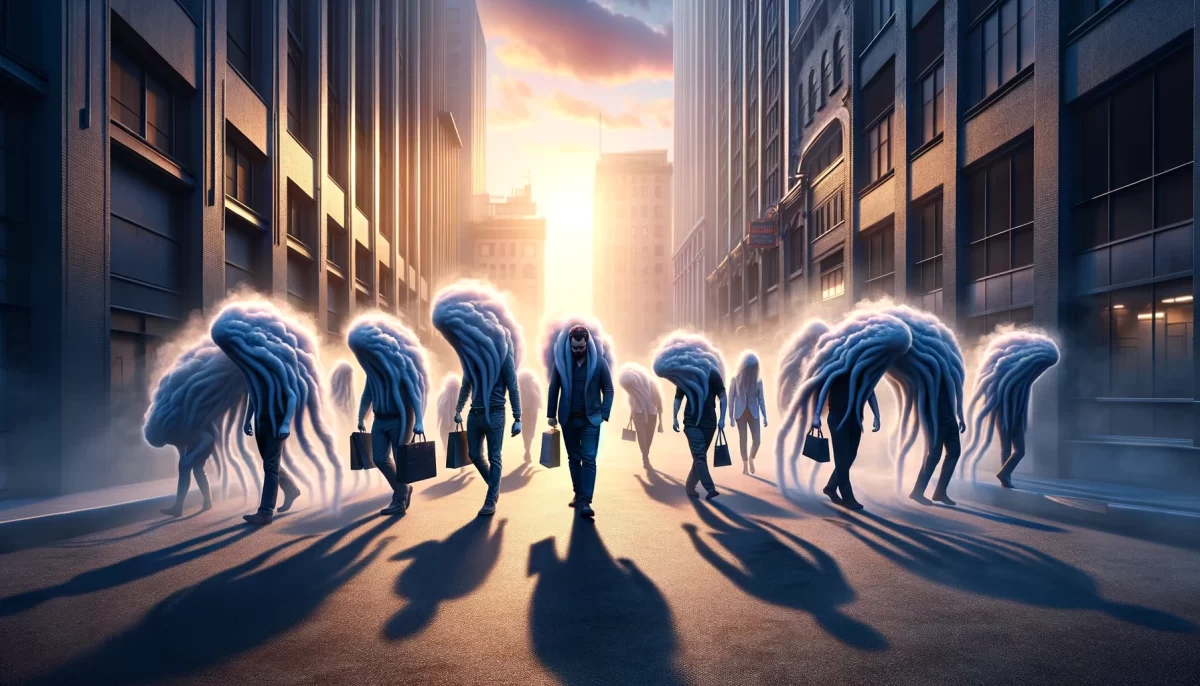


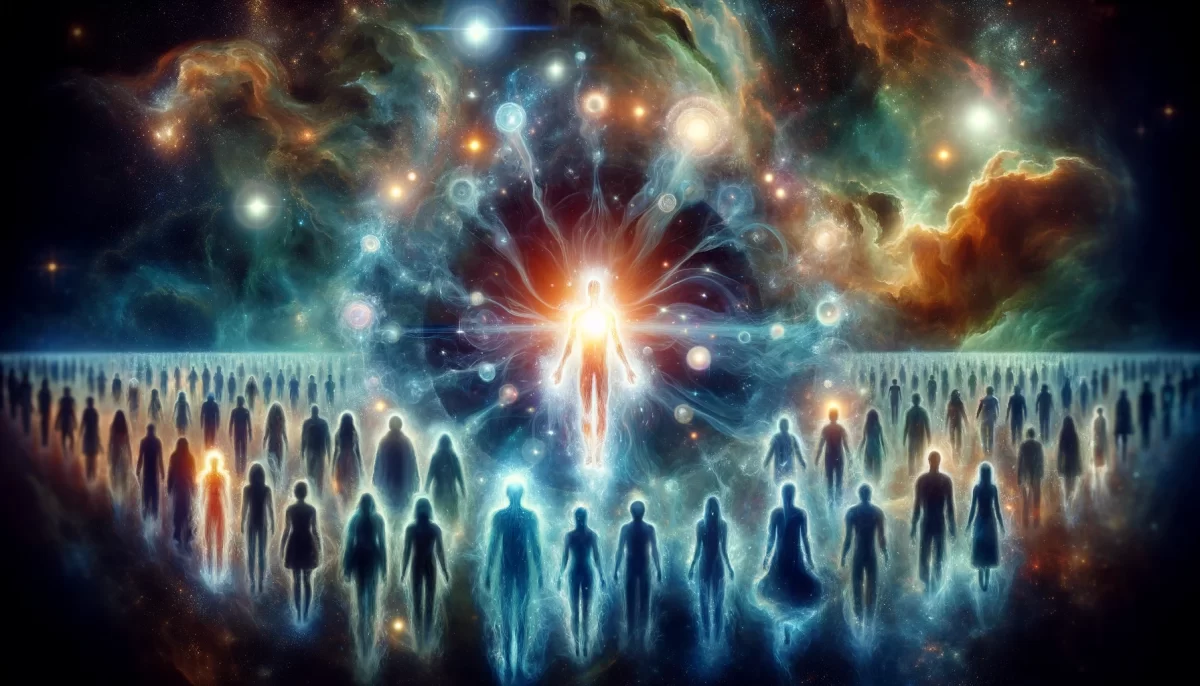





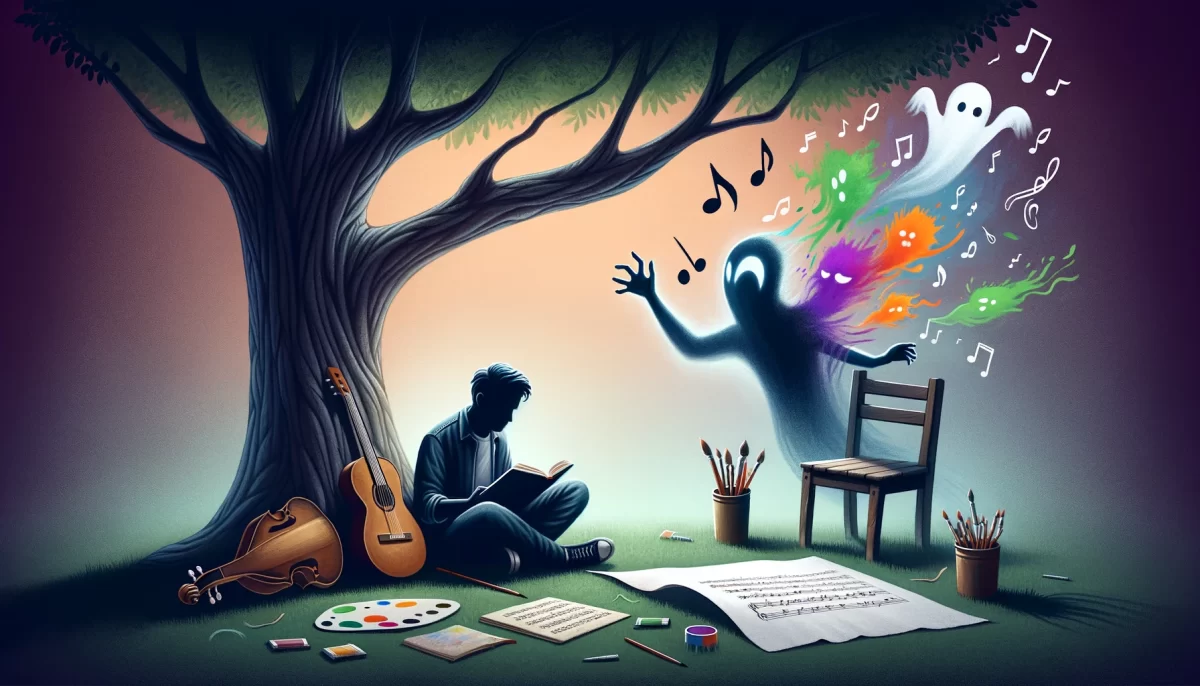







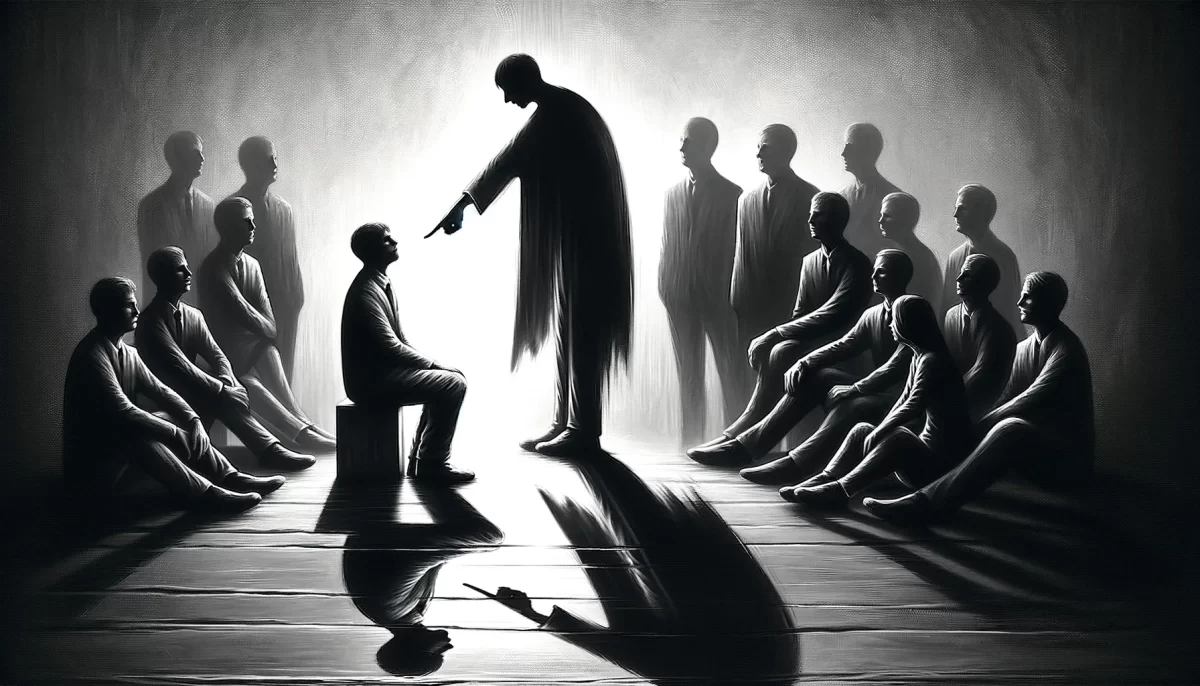


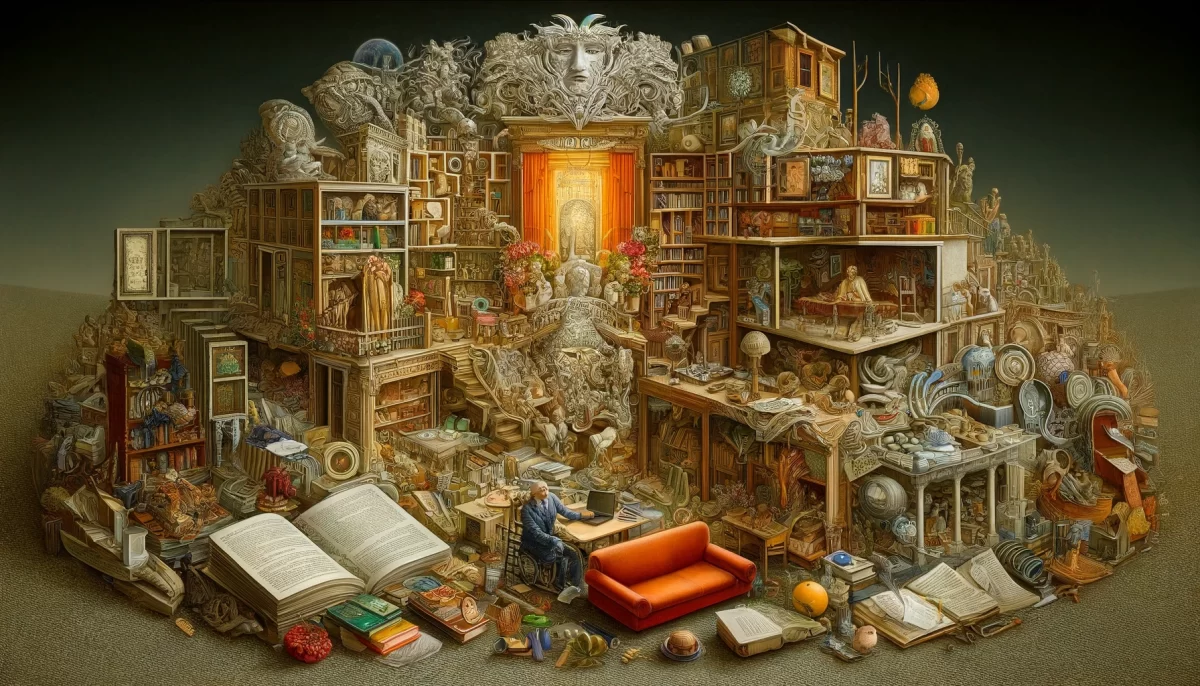




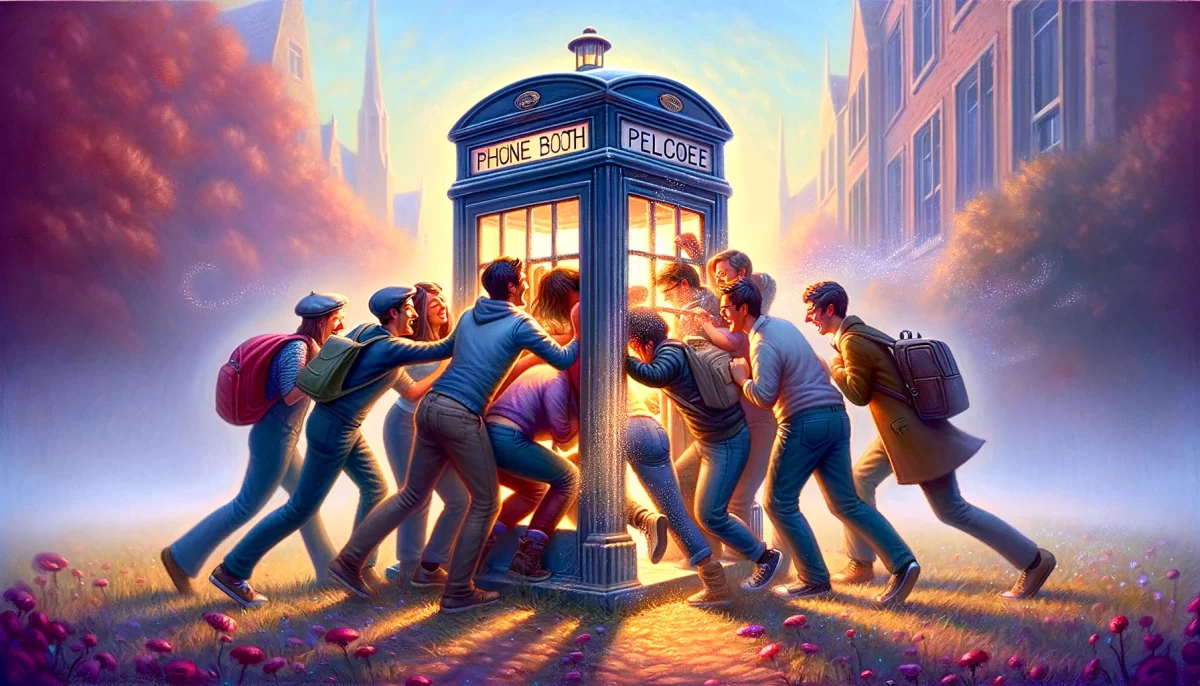






Leave a Reply